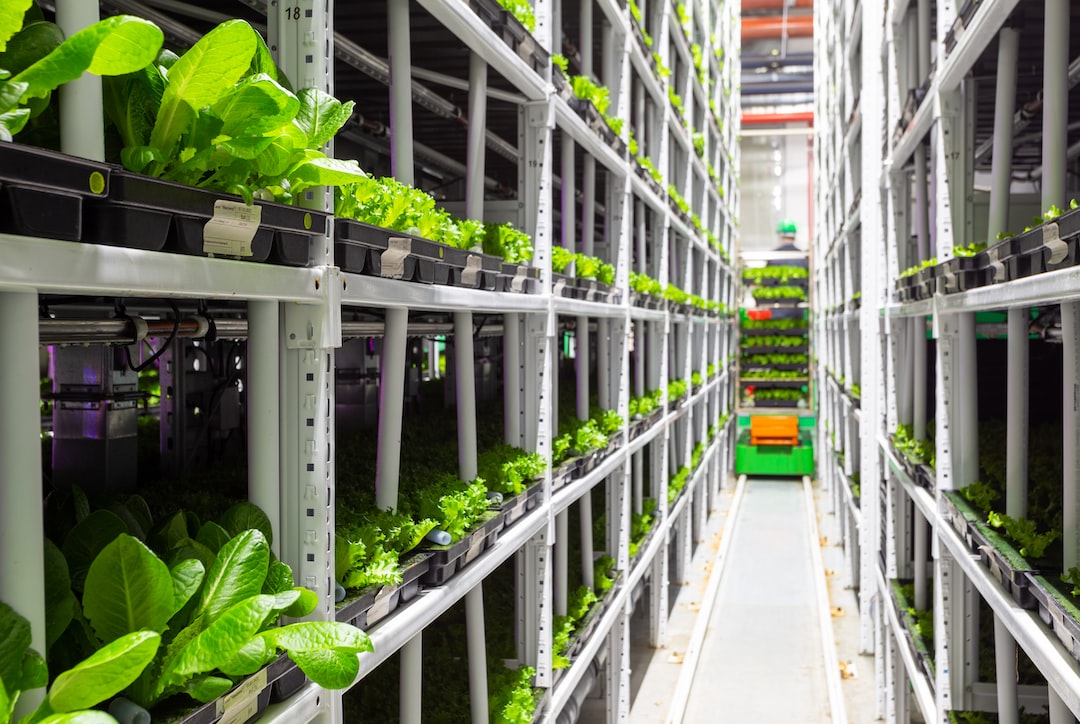The Evolution of Customization: Mass Customization in Manufacturing
In today’s consumer-driven market, customization has become a vital aspect of many businesses. People want products that are uniquely tailored to their specific needs and preferences. No longer are we content with mass-produced, one-size-fits-all items. As a result, the concept of mass customization has emerged, revolutionizing the manufacturing industry.
Mass customization refers to the ability to produce customized products on a large scale. It combines the cost-efficiency of mass production with the individuality of customization. This concept has allowed manufacturers to cater to the ever-changing demands of consumers, providing them with products that are personalized to their exact specifications.
The evolution of mass customization can be traced back to the early 20th century when Henry Ford introduced the assembly line, revolutionizing the manufacturing process. Ford’s Model T car could be produced quickly and efficiently, making it affordable for a mass audience. However, this mass production approach lacked individuality, as all cars were identical in design and features.
As consumer tastes and preferences shifted over time, manufacturers began to recognize the importance of customization. They realized that offering personalized products not only enhanced customer satisfaction but also increased their market share. The advent of technology played a crucial role in the evolution of mass customization.
With the advancement in computer-aided design (CAD) software, manufacturers gained the ability to create digital 3D models of products. This allowed customers to visualize their customized items before production, eliminating any uncertainties regarding the final product. With the help of computer-aided manufacturing (CAM), these digital designs could be directly translated into manufacturing instructions, reducing errors and minimizing waste.
In recent years, we have witnessed a significant shift towards customer involvement in the product development process. Online platforms and interactive design tools have empowered consumers to take an active role in personalizing their products. From choosing the color and materials to adding custom engravings or embossments, customers have the freedom to create something that truly reflects their unique style.
Moreover, the rise of additive manufacturing, commonly known as 3D printing, has further accelerated the mass customization trend. 3D printing enables manufacturers to produce highly complex and customized objects at a fraction of the cost and time compared to traditional manufacturing methods. This technology has democratized customization, making it accessible to small businesses and individual entrepreneurs.
The benefits of mass customization extend beyond customer satisfaction. From a business standpoint, the ability to offer customized products gives manufacturers a competitive edge in the market. It allows them to differentiate themselves from competitors, attract new customers, and retain existing ones. Furthermore, by only producing what is demanded, companies can significantly reduce inventory costs and minimize wastage.
As the manufacturing industry continues to evolve, mass customization will undoubtedly become more prevalent. With advancements in technologies like artificial intelligence, machine learning, and robotics, the process of customization will become even more streamlined and efficient. Manufacturers will be able to understand customer preferences on a deeper level, offering them experiences that are truly tailor-made.
The evolution of customization in manufacturing has transformed the way we think about and consume products. We are no longer limited to pre-designed options but can actively participate in the creation of items that align with our identities and desires. Mass customization has not only enhanced the customer experience but has also reshaped the entire manufacturing landscape, paving the way for a future where individuality and efficiency coexist harmoniously.

